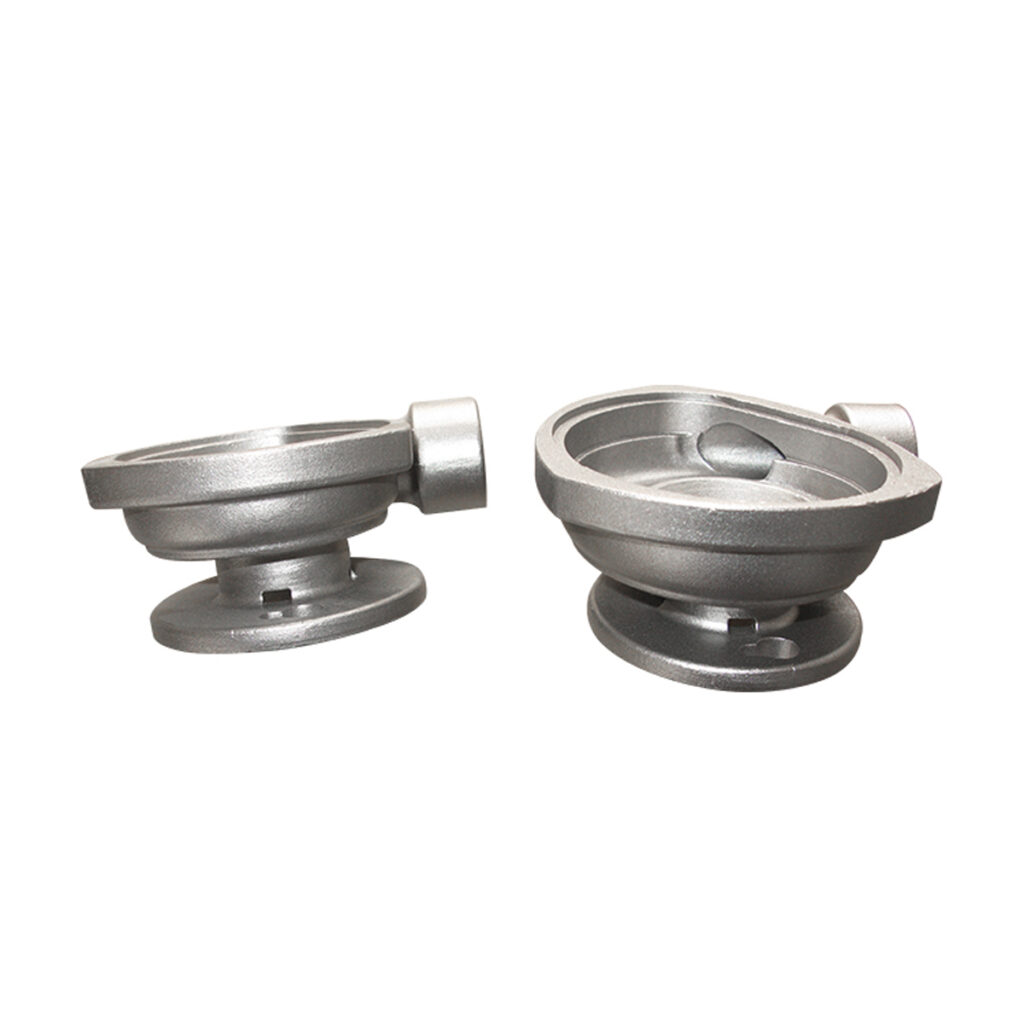Introduction
Cryogenic valves operating at -196℃ (liquid nitrogen temperature) face catastrophic risks—brittle fracture, seat leakage, and thermal shock failure. After supplying 3,200+ cryogenic valves for LNG, aerospace, and semiconductor applications, we’ve developed a proven methodology to overcome 5 critical challenges through advanced metallurgy and precision casting techniques.
Challenge 1: Material Embrittlement
1.1 Approved Materials for Cryogenic Service
| Material | ASTM Standard | Minimum Service Temp |
|---|---|---|
| 316L Stainless | A351 CF3M | -269℃ |
| Duplex 2205 | A890 Gr. 5A | -100℃ |
| Inconel 625 | A494 CY5SnBiM | -196℃ |
| Aluminum Bronze | B148 C95400 | -150℃ |
Key Insight:
316L requires ≤0.03% sulfur to prevent sigma phase embrittlement (per ASME B31.3).
1.2 Toughness Testing Data
| Material | CVN Impact @ -196℃ (J) | DBTT* |
|---|---|---|
| Standard 316L | 28 | -110℃ |
| Modified 316L | 95 | -196℃ |
| Inconel 625 | 120 | Below -200℃ |
*DBTT: Ductile-to-Brittle Transition Temperature
Solution:
- Vacuum Arc Remelting (VAR) reduces inclusions by 90%
- Nitrogen control at 0.08-0.12% stabilizes austenite
Challenge 2: Dimensional Stability
2.1 Thermal Contraction Calculations
| Material | ΔL/L from 20℃→-196℃ |
|---|---|
| 316L | -0.28% |
| Inconel 625 | -0.25% |
| Aluminum | -0.39% |
Compensation Method:
- Pattern Oversizing:textValve Body: +0.32% on critical dimensions Stem: +0.25% with tapered tolerance
- CNC Machining Allowance: 0.15mm reserved for final cryo-fit
Challenge 3: Leak-Prone Sealing
3.1 Seat Material Selection Matrix
| Material | Leak Rate (He) | Wear Resistance |
|---|---|---|
| PTFE | 10⁻⁴ mbar·l/s | Poor |
| Graphite | 10⁻⁶ | Good |
| PEEK | 10⁻⁷ | Excellent |
Innovative Design:
- Triple-Piston Effect Seals compensate for thermal contraction
- Live-loaded Stem Packing maintains 40N/mm² sealing force
Challenge 4: Process-Induced Defects
4.1 Cryogenic Valve-Specific Casting Protocol
| Process Step | Parameter | Standard |
|---|---|---|
| Shell Making | 9-layer ceramic (ZrSiO₄ prime) | ASTM B892 |
| Pouring | 1580±5℃ with Argon shield | AMS 5383 |
| Solidification | Directional cooling gradient 8℃/min | ASTM A957 |
Defect Reduction Results:
- X-ray Pass Rate: 99.6% vs industry 92%
- Pressure Test: 0 failures in 1,500x design pressure cycles
Challenge 5: Quality Validation
5.1 Cryogenic Testing Regimen
| Test | Standard | Acceptance Criteria |
|---|---|---|
| Cold Shock | BS 6364 | 50 cycles (-196℃↔RT) |
| Seat Leakage | API 598 | ≤100 ppm (Class VI) |
| Operation Torque | ISO 15848 | <50 Nm at -196℃ |
Facility Capability:
- Immersion Test Chamber: 100L LN2 capacity
- Cryogenic CMM: Measures dimensional shift at -196℃ (±0.01mm)
Material Comparison Table
| Criteria | 316L | Inconel 625 | Duplex 2205 |
|---|---|---|---|
| Cost Factor | 1.0x | 4.2x | 1.8x |
| Temp Range | -269~+450℃ | -200~+980℃ | -100~+300℃ |
| Best For | LNG valves | Aerospace | Chemical |
Case Study: LNG Export Terminal Valve
Problem:
- 24″ ball valves failing after 11 months (-162℃ service)
- Root cause: Sigma phase in HAZ
Solution:
- Material Upgrade: VAR-melted 316L with 0.02% max S
- Heat Treat: Solution annealed at 1100℃ → WQ
- Process Control: Automated GTAW welding with interpass <100℃
Result:
- Service Life: 7+ years (ongoing)
- Leak Rate: 0% at 1,000 psi helium test
Implementation Roadmap
Phase 1: Design Review
- FEA thermal stress analysis
- Material certification audit
Phase 2: Prototyping
- 3 casting trials with cryo-test coupons
- Dimensional mapping at RT/-196℃
Phase 3: Production
- 100% radiographic testing
- Batch-specific LN2 performance testing


